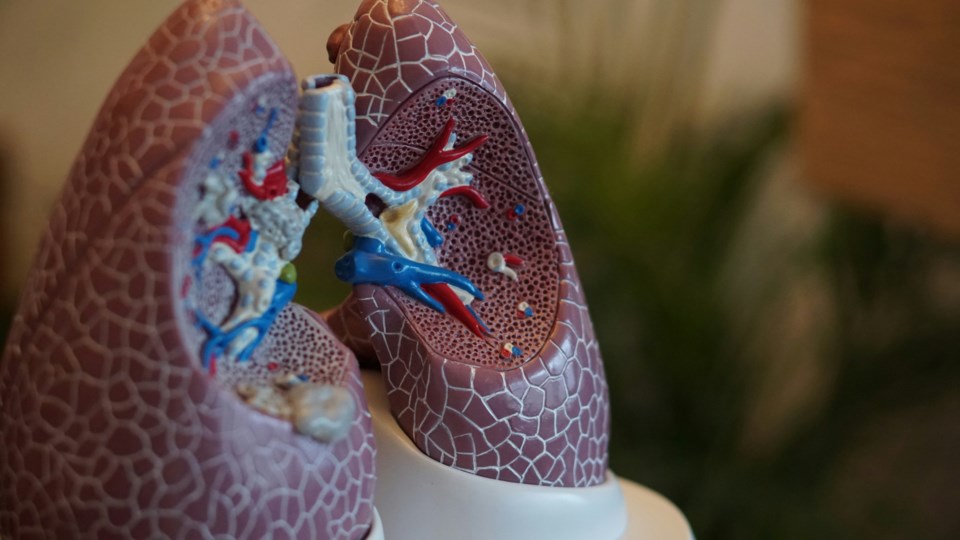Michelle Bishop’s mother, Glenna French, was living life “on a leash.”
The now 69-year-old’s lung tissue had deteriorated to the point that she inhaled a full tank of oxygen every two hours.
“My parents had to buy a bigger vehicle to be able to carry around more oxygen tanks,” Bishop said.
Before COPD took her lung health, French loved to travel with her husband. “They lived on boats and in RVs,” Bishop said. “It was very difficult for them to be home all day and not really do anything.”
Medical staff told French that it was unlikely she would receive a lung transplant, said Bishop, who agreed to tell her mother’s story because French is still recovering from surgery.
“She's tiny,” Bishop said. “She's like five foot two, just a cute little old lady. They said that they don't get a lot of small lungs.”
That’s why the family were so surprised when it took only one month for French to match with an organ donor.
Bishop remembers being stunned with the quick turnaround — so much so that she forgot most of the rigorous post-care training course that she and her stepdad had to take for her mother to stay on the transplant list.
In January, French received a double lung transplant at the University of Alberta Hospital.
Bishop remembers getting a phone call in the middle of the night from the surgeon.
“They say it's about an eight-to-12-hour surgery,” she said. “He called after six and a half hours, and we thought she had died.”
Fortunately, the work had gone better and finished up faster than the surgeon expected.
Since the surgery, French has had many “ups and downs,” Bishop said.
“You go from feeling so overwhelmed, and joyful, and you have the second lease on life and everything's going to be wonderful — and then … it was an emotional day when we found out who the donor family was.”
Organ donors stay anonymous unless the family of the donor and the donor recipient agree to have contact. The meeting is facilitated by a third-party transplant coordinator.
French and her family decided they should write the donor’s family a letter.
“It was just a really heartfelt thank you, that somebody could be so selfless to be able to give up a part of them” Bishop said. “You kind of feel like you've escaped death.”
To their surprise, they got a response. The donor, they learned, was a 58-year-old woman from Saskatoon. She was a music teacher. Her organs saved three lives.
Bishop admits that her curiosity led her Google, where she learned about the woman and her family.
“It was a bit more emotional for my mom,” she said. “She's older than the woman who donated her organs, so she felt a little bit of survivor's guilt with it … I think it's a whole lot easier for us to be donors than it is to be receivers.”
At first, French wanted only the “high-level” details of the woman’s life, like her age and occupation.
But today the families are preparing for a meet and greet.
“She's a little she's nervous — it's like an excited nervousness,” Bishop said.
In their initial response letter, the family of the woman who donated her organs said they were happy that she could help so many people.
Helping people and saving lives is what Green Shirt Day is all about.
The day honours the victims and families of the Humboldt Broncos bus crash, and it is meant to encourage Canadians to register as organ donors.
In its sixth year, the day happens annually on April 7. It marks the death of Humboldt Broncos defenceman Logan Boulet. Boulet’s parents offered to donate their son’s organs. Their decision sparked a rush of nearly 150,000 organ donation registrations across the country, a phenomenon that became known as the Logan Boulet Effect.
Fewer than 25 per cent of Canadians are registered organ donors, according to the Government of Canada’s organ donation web page.
One person’s organs can save up to eight lives, while tissue and eye donors can improve the lives of 75 or more people, the website says.
To register to become an organ donor in Alberta, visit: https://myhealth.alberta.ca/pages/otdrhome.aspx



